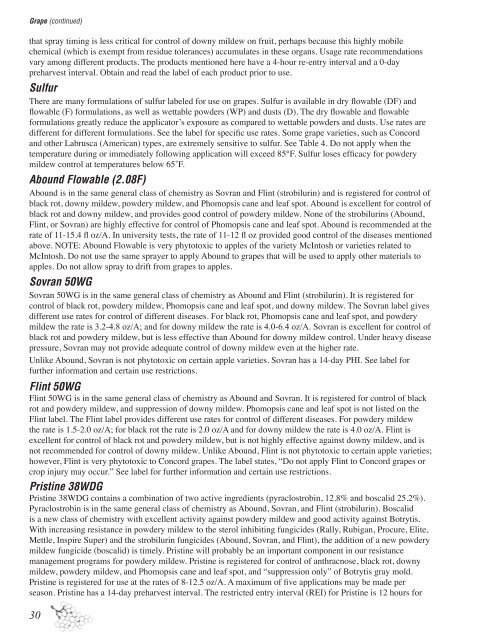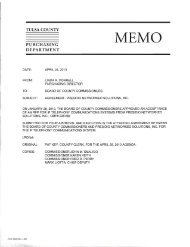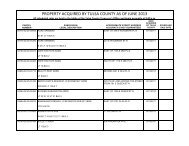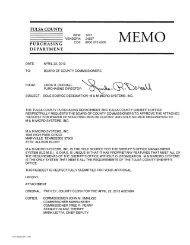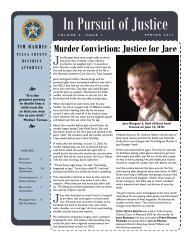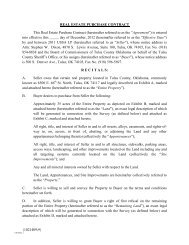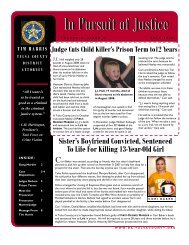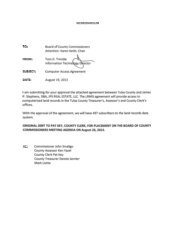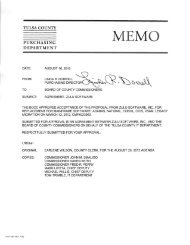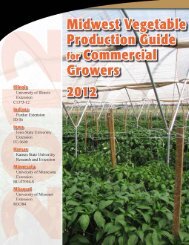2013 Midwest Small Fruit and Grape Spray Guide - Purdue Agriculture
2013 Midwest Small Fruit and Grape Spray Guide - Purdue Agriculture
2013 Midwest Small Fruit and Grape Spray Guide - Purdue Agriculture
You also want an ePaper? Increase the reach of your titles
YUMPU automatically turns print PDFs into web optimized ePapers that Google loves.
<strong>Grape</strong> (continued)<br />
that spray timing is less critical for control of downy mildew on fruit, perhaps because this highly mobile<br />
chemical (which is exempt from residue tolerances) accumulates in these organs. Usage rate recommendations<br />
vary among different products. The products mentioned here have a 4-hour re-entry interval <strong>and</strong> a 0-day<br />
preharvest interval. Obtain <strong>and</strong> read the label of each product prior to use.<br />
Sulfur<br />
There are many formulations of sulfur labeled for use on grapes. Sulfur is available in dry flowable (DF) <strong>and</strong><br />
flowable (F) formulations, as well as wettable powders (WP) <strong>and</strong> dusts (D). The dry flowable <strong>and</strong> flowable<br />
formulations greatly reduce the applicator’s exposure as compared to wettable powders <strong>and</strong> dusts. Use rates are<br />
different for different formulations. See the label for specific use rates. Some grape varieties, such as Concord<br />
<strong>and</strong> other Labrusca (American) types, are extremely sensitive to sulfur. See Table 4. Do not apply when the<br />
temperature during or immediately following application will exceed 85°F. Sulfur loses efficacy for powdery<br />
mildew control at temperatures below 65˚F.<br />
Abound Flowable (2.08F)<br />
Abound is in the same general class of chemistry as Sovran <strong>and</strong> Flint (strobilurin) <strong>and</strong> is registered for control of<br />
black rot, downy mildew, powdery mildew, <strong>and</strong> Phomopsis cane <strong>and</strong> leaf spot. Abound is excellent for control of<br />
black rot <strong>and</strong> downy mildew, <strong>and</strong> provides good control of powdery mildew. None of the strobilurins (Abound,<br />
Flint, or Sovran) are highly effective for control of Phomopsis cane <strong>and</strong> leaf spot. Abound is recommended at the<br />
rate of 11-15.4 fl oz/A. In university tests, the rate of 11-12 fl oz provided good control of the diseases mentioned<br />
above. NOTE: Abound Flowable is very phytotoxic to apples of the variety McIntosh or varieties related to<br />
McIntosh. Do not use the same sprayer to apply Abound to grapes that will be used to apply other materials to<br />
apples. Do not allow spray to drift from grapes to apples.<br />
Sovran 50WG<br />
Sovran 50WG is in the same general class of chemistry as Abound <strong>and</strong> Flint (strobilurin). It is registered for<br />
control of black rot, powdery mildew, Phomopsis cane <strong>and</strong> leaf spot, <strong>and</strong> downy mildew. The Sovran label gives<br />
different use rates for control of different diseases. For black rot, Phomopsis cane <strong>and</strong> leaf spot, <strong>and</strong> powdery<br />
mildew the rate is 3.2-4.8 oz/A; <strong>and</strong> for downy mildew the rate is 4.0-6.4 oz/A. Sovran is excellent for control of<br />
black rot <strong>and</strong> powdery mildew, but is less effective than Abound for downy mildew control. Under heavy disease<br />
pressure, Sovran may not provide adequate control of downy mildew even at the higher rate.<br />
Unlike Abound, Sovran is not phytotoxic on certain apple varieties. Sovran has a 14-day PHI. See label for<br />
further information <strong>and</strong> certain use restrictions.<br />
Flint 50WG<br />
Flint 50WG is in the same general class of chemistry as Abound <strong>and</strong> Sovran. It is registered for control of black<br />
rot <strong>and</strong> powdery mildew, <strong>and</strong> suppression of downy mildew. Phomopsis cane <strong>and</strong> leaf spot is not listed on the<br />
Flint label. The Flint label provides different use rates for control of different diseases. For powdery mildew<br />
the rate is 1.5-2.0 oz/A; for black rot the rate is 2.0 oz/A <strong>and</strong> for downy mildew the rate is 4.0 oz/A. Flint is<br />
excellent for control of black rot <strong>and</strong> powdery mildew, but is not highly effective against downy mildew, <strong>and</strong> is<br />
not recommended for control of downy mildew. Unlike Abound, Flint is not phytotoxic to certain apple varieties;<br />
however, Flint is very phytotoxic to Concord grapes. The label states, “Do not apply Flint to Concord grapes or<br />
crop injury may occur.” See label for further information <strong>and</strong> certain use restrictions.<br />
Pristine 38WDG<br />
Pristine 38WDG contains a combination of two active ingredients (pyraclostrobin, 12.8% <strong>and</strong> boscalid 25.2%).<br />
Pyraclostrobin is in the same general class of chemistry as Abound, Sovran, <strong>and</strong> Flint (strobilurin). Boscalid<br />
is a new class of chemistry with excellent activity against powdery mildew <strong>and</strong> good activity against Botrytis.<br />
With increasing resistance in powdery mildew to the sterol inhibiting fungicides (Rally, Rubigan, Procure, Elite,<br />
Mettle, Inspire Super) <strong>and</strong> the strobilurin fungicides (Abound, Sovran, <strong>and</strong> Flint), the addition of a new powdery<br />
mildew fungicide (boscalid) is timely. Pristine will probably be an important component in our resistance<br />
management programs for powdery mildew. Pristine is registered for control of anthracnose, black rot, downy<br />
mildew, powdery mildew, <strong>and</strong> Phomopsis cane <strong>and</strong> leaf spot, <strong>and</strong> “suppression only” of Botrytis gray mold.<br />
Pristine is registered for use at the rates of 8-12.5 oz/A. A maximum of five applications may be made per<br />
season. Pristine has a 14-day preharvest interval. The restricted entry interval (REI) for Pristine is 12 hours for<br />
30


